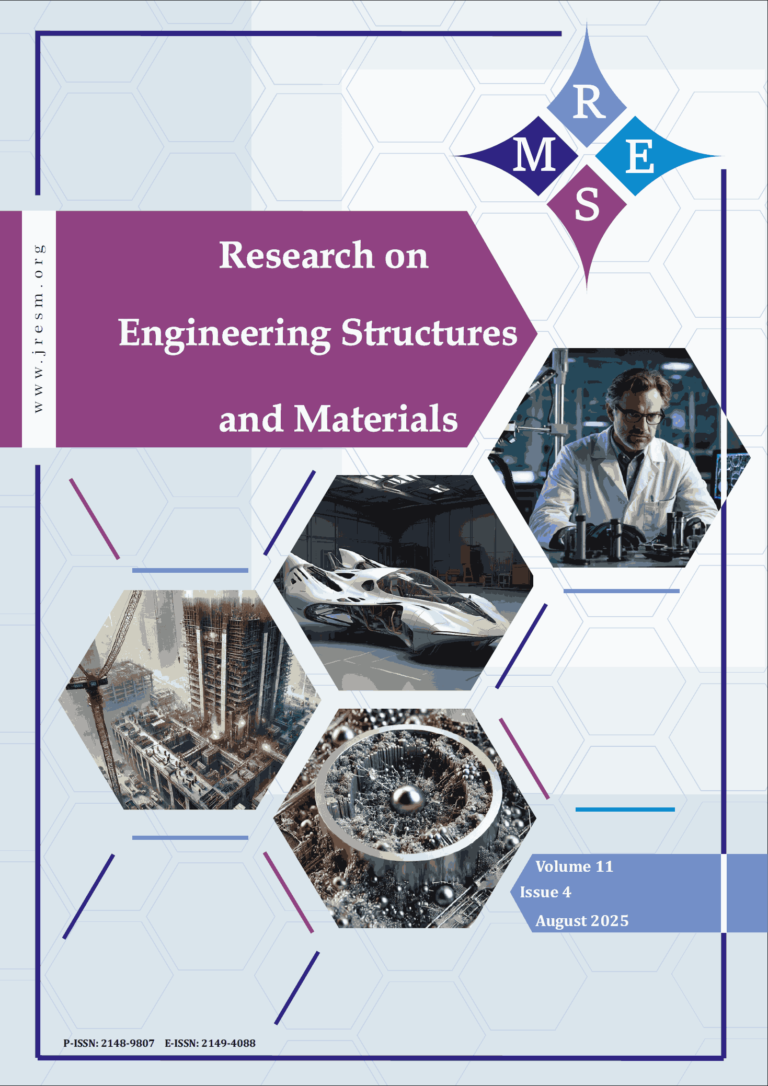Utilization of high volume of cockle shell as sand replacement in bricks: Effects on density, compressive strength, water absorption and initial rate absorption
The construction industry’s dependence on natural sand has raised environmental concerns, leading to research on alternative sand replacement. This study investigates the incorporation of high-volume replacement of cockle shells (ranging between 30% – 100% replacement by volume) as a partial fine aggregate replacement in cement-sand brick production. Brick testing conducted includes brick density, compressive strength, water absorption and initial rate absorption. The constituent material testing revealed that cockle shells have a higher density (1687.27 kg/m³) than sand (1642.67 kg/m³) and a specific gravity of 2.73, contributing to improved compactness in the brick matrix. The results indicated that the compressive strength increased from 7.93 to 13.83 MPa at 28 days for 60% cockle shell replacement, while water absorption and IRA were reduced by about 50% (from 14 to 7%) and 50% (from 10.55 to 5.09 kg/m²/min), respectively. However, beyond a 60% replacement, strength declined due to increased porosity, with 100% recording a strength of 7.17 MPa at 28 days. The results suggest enhanced compactness and reduced water uptake at 60% CS replacement. All brick specimens exceeded the JKR minimum compressive strength requirement of 5.2 MPa, with the optimum mechanical and durability performance found at 60% CS replacement. Including these performance metrics provides practical clarity for material selection and highlights the engineering viability of cockle shells in sustainable construction. This study confirms the potential of cockle shell waste as an eco-friendly, high-volume sand replacement, supporting both environmental preservation and circular economy practices.
